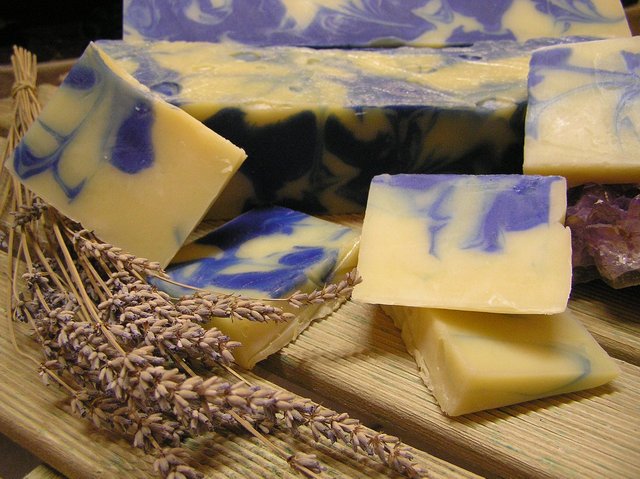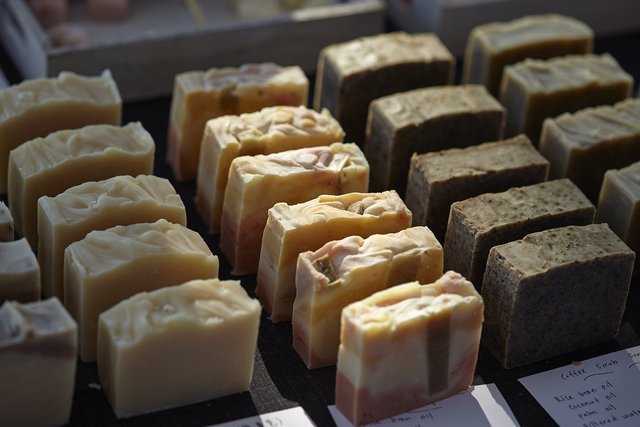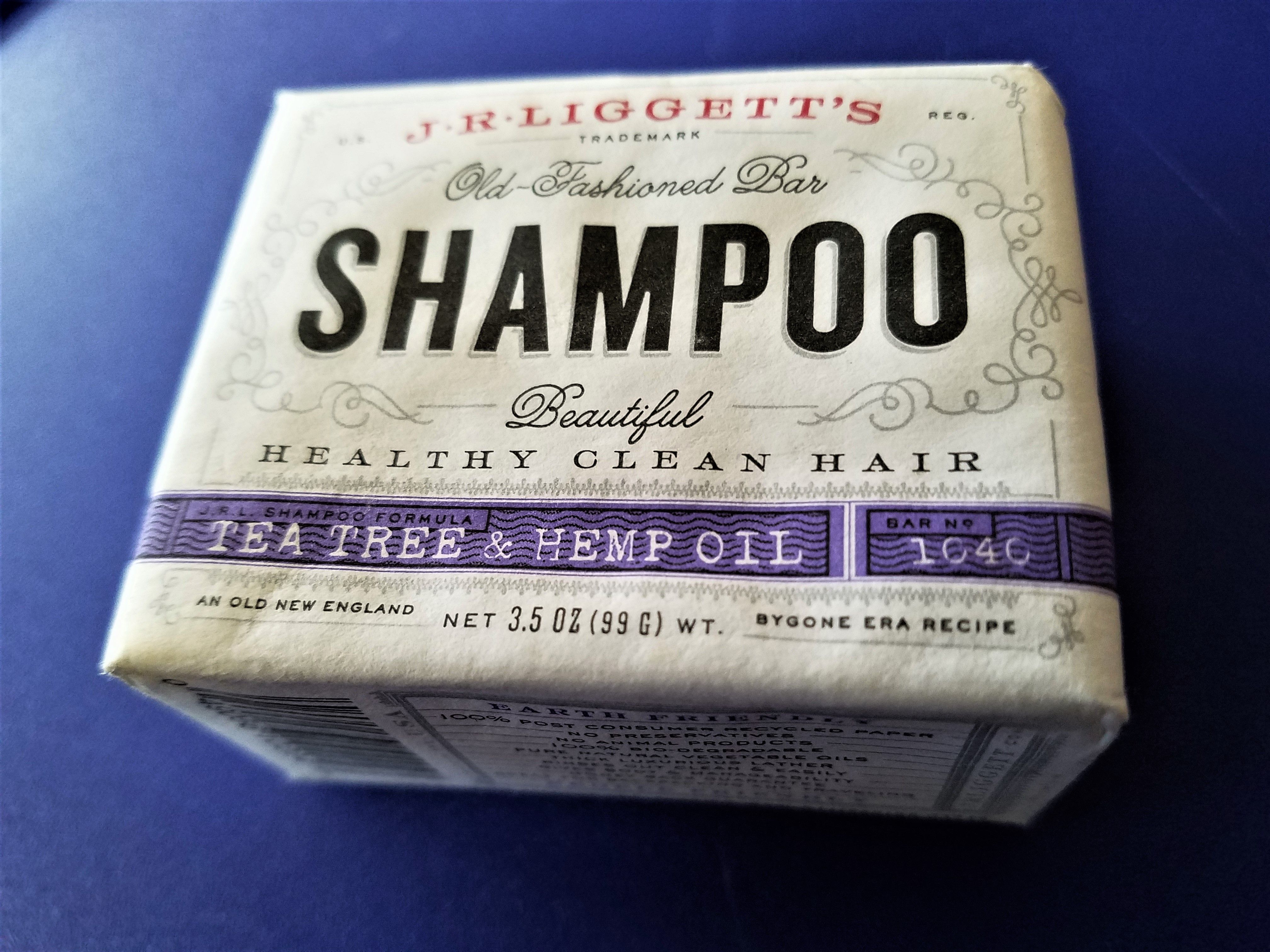Some People Love Bar Soap…and Shampoo? Contributed by Anonymous

As usual, the media picks up on the corporate-sponsored trends. One of these is the narrative that bar soap is dying, being replaced by liquid soap. Liquid soap is easier to use. And apparently younger people believe it holds fewer germs, though that is not necessarily accurate.
So the media reported that bar soap sales declined by 5% from 2010-2015. That is a noticeable drop, but it was mainly reported so that people will get on board with that trend. The herd mentality takes over and people decide to purchase liquid soap just like everyone else is doing.
What they don’t tell you is that liquid soap costs more (hence, the corporate interest in pushing this story). They also don’t remind anyone that the liquid bottles are generally made from plastic, which takes more energy to manufacture and up to thousands of years to break down in the environment (unless it is properly recycled).
This corporate narrative also masks another story: the resurgence of craft soaps. From supermarkets to gift shops, it seems like almost any retailer you visit these days is selling handmade soap of some kind. It might be lemongrass or rose petal or lavender or lime. Soap makers and the stores that sell them are selling more of their fancy and handmade soaps than ever before. Some of them look more like fudge than soap.

A few months ago, the Philadelphia Inquirer published an article entitled “Bar soaps get love from millennials raised on the liquid stuff” (citation below). The general thrust of the piece was that millennials who are accustomed to liquid soaps often are pleasantly surprised by the ingredients and scents of bar soaps. They can have fewer additives and leave the skin feeling cleaner.
Two Philadelphia area soap makers reported in the article that their sales have increased annually for the last several years, even as the media generally has forecasted the demise of bar soap.
One, SoapBox owner Ginger Kuczowicz, explained that: “People in their late teens and early 20s come into the store and don’t even know what bar soap is. They touch it, they smell it, and there’s nothing that causes their nostrils to go wild. Once they try it, they come back.”
Remarkably, even shampoo is being put into bar form. It’s been two months since Christmas when I received a bar of shampoo from Santa Claus. And I’ve since seen these for sale in a high end grocery store. Though I have not yet tried this bar shampoo, I will soon.
I was particularly struck by the language on the soap wrapper. It’s made to look old fashioned and apparently is made from an old recipe, which I do not doubt is true. In a lot of countries today, and in the past in richer countries, people simply have used regular bar soap to wash their hair.
The part I like is that one bar is equivalent to a 24-ounce bottle of liquid shampoo. It’s wrapped in a paper label cover and is completely biodegradable. There are no preservatives used and there are no animal byproducts (most people don’t know that tallow in some commercial soaps comes from animal fat). It’s quite portable and convenient to store, since it’s the size of a bar of soap.
This particular bar is flavored with almond oil, hemp oil, and tea tree oil. Tea tree oil is good for itchy scalps and dermatitis. Some say it helps stimulate the regrowth of hair, as the label also indicates. Hemp oil probably is in there because younger people think it sounds cool, but from what I’ve understood it is a balanced oil that has a variety of omegas. Almond oil is soft and it smells good.
If I were hungry, I’d dig right in. But that would make me as dumb as anyone who is noshing on laundry detergent packs. Soap is not food, people.
It’s nice to see that traditional soap making is making a comeback. I have enjoyed craft beers, craft coffee, craft bread, craft cheese, and so other ‘back to the basics’ items that are made locally. Add soap to that list now also. They charge twice as much for the gourmet soaps, but it’s still cheaper than buying a plastic bottle you’ll use for a few weeks and discard.


I've never seen bar shampoo before... lol. But your points stand, every little thing we can do to reduce waste is worth it. I don't need fancy labels printed on plastic bottles telling me that the insignificant amount of designer ingredients they use is worth the huge markup.
It was new for me also. Worth trying? I'll let you know. :)
Good post @communitycoin
Wow, there's a lot to learn from one blog @communitycoin. Well, I agree that it is true when you said
Congratulations @communitycoin, this post is the third most rewarded post (based on pending payouts) in the last 12 hours written by a User account holder (accounts that hold between 0.1 and 1.0 Mega Vests). The total number of posts by User account holders during this period was 2974 and the total pending payments to posts in this category was $11511.00. To see the full list of highest paid posts across all accounts categories, click here.
If you do not wish to receive these messages in future, please reply stop to this comment.
I think that the artisanal resources return as a way to reinvent the market, although we already know the commercial products that may have chemical agents and could affect us due to the prolonged use of them. A good resource is to continue to maintain active jovial as healthy as these times are marked by the transgenic materials in both food and personal use products. Regards!!!